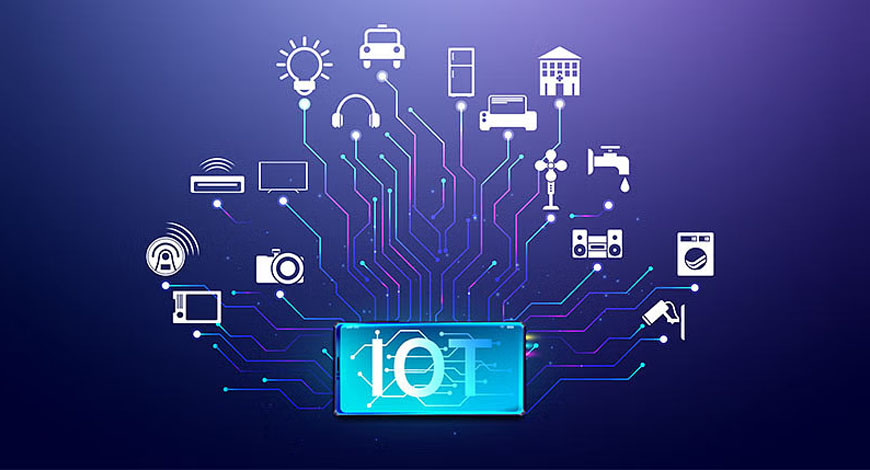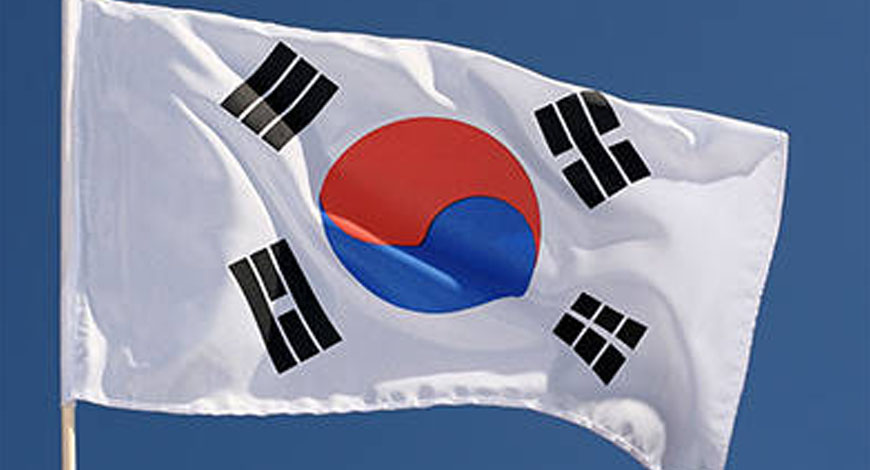A parliamentary panel has recommended that cancer diagnostic packages with standardised pricing should be developed under government-regulated health insurance schemes to enable wider inclusion.
The Committee on Petitions, Rajya Sabha, headed by Narain Dass Gupta in its 163rd report presented on Wednesday, also recommends that the price caps enforced by the National Pharmaceutical Pricing Authority (NPPA) such as the existing 30 per cent trade margin cap on 42 essential anti-cancer drugs should be extended to cover cancer vaccines, immunotherapy, and oral chemotherapy.
“This expansion of regulatory oversight is essential to containing insurer costs and making cancer insurance products more affordable and accessible to a wider population segment,” the Committee said.
It also recommended that more cancer hospitals equipped with advanced medical technology be established through government funding, private sector participation, and Public-Private Partnership (PPP) models.
“These facilities should be empanelled within insurer networks to enable the provision of cashless services to patients. The formulation of clearly defined treatment packages will further assist insurers in standardising costs and passing on financial benefits to policyholders,” the panel said.
Additionally, dedicated cancer screening centres must be set up to facilitate early detection, it stated.
The Committee also recommended policy level interventions to integrate cancer screening within major health schemes such as PMJAY, and to include cancer diagnostic tests under CGHS and ECHS. This would enable optimal utilisation of private sector diagnostic infrastructure for public health objectives, the panel said.
The Committee observed that ensuring accessible and affordable cancer care necessitates a comprehensive, multi-stakeholder strategy underpinned by strong governmental policy support.
It underscored the critical need for effective public-private partnerships, the adoption of standardised treatment protocols, and the expansion of insurance coverage to reduce the financial burden on patients.
Additionally, it highlighted the importance of strengthening healthcare infrastructure and enhancing public awareness as integral components of a resilient cancer care ecosystem.
To bridge existing service delivery and affordability gaps, the Committee recommended greater participation from insurance providers, banking institutions, and Corporate Social Responsibility (CSR) initiatives.
Such coordinated engagement will play a pivotal role in creating an inclusive, sustainable, and patient-centric cancer care framework across the country, it underlined.
It also observed that the existing number of diagnostic centres is inadequate considering the size and health needs of the country’s population.
It further noted that rural areas, in particular, suffer from a lack of well-equipped diagnostic facilities and oncologists, who remain largely concentrated in urban centres. The Committee batted for establishing additional diagnostic centres, especially in underserved and rural regions. It recommended that cancer diagnostic packages with standardised pricing be developed under government-regulated health insurance schemes to enable wider inclusion.
The availability of diagnostic services at regulated package rates would facilitate the inclusion of such centres in insurer networks, thereby extending the cashless treatment facility to a broader section of beneficiaries, the panel said.
In light of the low rate of cancer screening in the country, the Committee also recommended that the government should scale up the national screening programme, with particular focus on regions with limited access to medical care.
In addition to expanding screening infrastructure, it urged the government to intensify awareness campaigns across the country.
These campaigns should be region-specific, rather than generalised, to ensure maximum outreach. The non-government organisations should be actively involved as they are well aware of the ground realities and possess valuable experience of working with local communities.
Given the social stigma still associated with cancer in many parts of the country, leveraging these partnerships will effectively supplement the efforts of the government in conveying the preventive messages, it said while suggesting utilisation of services of celebrities, especially celebrity cancer survivors, to drive home the importance of early screening.
The panel noted that Patient Assistance Programmes are a commendable initiative by the government aimed at ensuring access to affordable medicines, particularly for economically vulnerable sections of society.
Programmes such as the Pradhan Mantri Bhartiya Janaushadhi Pariyojana (PMBJP) play a critical role in providing low-cost medicines to patients from low-income groups. It noted that while some pharmaceutical firms offer patient support programmes, their presence remains limited. It recommended engaging more pharmaceutical manufacturers to implement such initiatives, particularly in areas where access to healthcare services is inadequate.
“This would greatly enhance the accessibility and affordability of essential treatments for disadvantaged populations. The Patient Assistance Programmes must also educate the patients about the treatment methodologies available and ensure that they adhere to the treatment plan. They should also be educated about the different government schemes available,” the panel recommended. PTI









